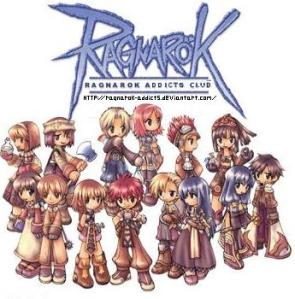While the past readings focused almost exclusively on the roles of the nation state and the global media networks, their struggle for power/influence in the “market for loyalties,” and their relationship to each other, this week’s readings focus on audience’s role. Castells argues that the audience act as active recipients of these messages sent by the media, or “codes.”
One case study Castells provides when describing global culture as global (and not entirely derived from American culture), is the popular telenovela from Mexico, Betty La Fea. The show was so successful that they were able to build the brand in the US as Ugly Betty. I don’t think he really addresses this in his book, but I wonder what factors help contribute to the appeal of a local product, so much so that it is able to be rebranded and packaged overseas. What helps make a product successful as part of the global culture?
Some thing that Arsenault mentioned during her past lecture was the popularization of Korean pop music and culture in the West as an example of a global culture (not from the US). As a person who grew up around Koreatown in Los Angeles and in a big Asian community, Kpop was not entirely a new concept to me. My friends and I would trade music and watch Korean dramas together, even though we don’t necessarily understand everything that is being said. When the popular Korean artist, BoA, visited LA to hold a concert to promote her new English album, I thought it was strange but understandable that she’d want to try to tackle the American market (just like she had with Japan, China, and the rest of Asia). And when Psy’s “Gangnam Style” kept playing on the radio, I then started to believe that Kpop is really taking over. However, I think that my hometown is an anomaly–I don’t think the same thing could be said for the rest of the US, specifically in “middle America.” With that said, I wonder if this concept of global culture more relevant in certain areas than others. Does Castells think that global culture only pertains to bigger, more “cosmopolitan” cities?
Lastly, I found the case studies presented in Mark Deuze’s article, “Convergence Culture in the Creative Industries” fascinating as he looked at how exactly the audience or consumers are collaborating with the professional designers or journalists to create new products or modify existing ones. The specific case study on the online game Counter-strike, was an eye-opener for me because I had no idea that it is the product of Half-Life users. Another example of this sort of collaboration is the MMORPG game Ragnarok Online where, instead of paying monthly for access to the official game server and all the limited that come with it, people have been creating their own free servers customized with special mods to fit their needs and interests. For example, some free servers make it easier for users to “level-up” while others have new special maps not available in the official server.
With the recipients of messages now able to customize what they see and hear, and (with the help of the Internet and mobile technologies) are able to make their own influence on products, I do think that a strong argument could be made for the shift of information/communication control from the traditional elite to the everyday man.

